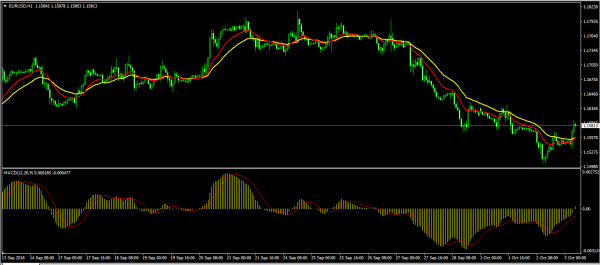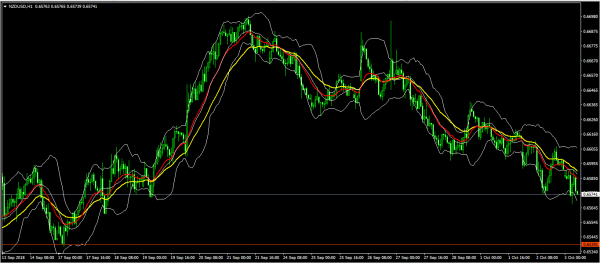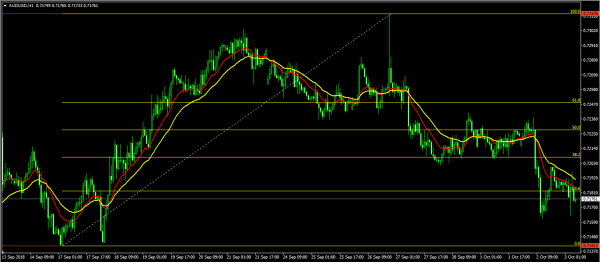The Australian dollar declined slightly after building approval numbers were released. The numbers from the Australian Bureau of Statistics (ABS) showed that approvals declined by 9.4 percent on a month-on-month basis. This was the biggest decline this year and was mostly because of a 17.2% decline in private dwellings. In recent months, Australia has had a challenging housing environment. Tumbling housing prices first effected Sydney and Melbourne and are now having a major impact on other Australian cities.
The New Zealand dollar declined slightly against the US dollar after Global Dairy Price Index data was released. The data showed that the index declined by 1.9% which was higher than August’s 1.5% decline. This index measures the average price of nine dairy products. It matters most to New Zealand because of the significant role of the dairy industry in the country’s economy. Today, ANZ released the commodity index which declined by minus 1.8% which was lower than last month’s minus 1.1%.
The US dollar index fell slightly ahead of key employment numbers. The decline happened as other currencies gained slightly against the USD after the declines on Monday. Today, traders will receive the employment numbers for September from ADP. They expect the numbers to show that 187K people were employed in September. This will be higher than the 167K people who were employed in the previous month. The numbers for ADP will come a day before official government numbers on Friday. The decline in the dollar led to a sharp increase in the price of gold which had its best day since August. It reached an intraday high of $1208.
EUR/USD
The EUR/USD pair rose to an intraday high of 1.1593 in the Asian session. This was higher than yesterday’s high of 1.1504. In the hourly chart below, the four-week and two-week EMA are crossing one another, which is often an indication that a new trend could be forming. This was confirmed by the MACD indicator whose signal line is close to crossing the zero line. While the new upward trend could continue, there is also a possibility that the downward trend will continue ahead or after the jobs numbers.
NZD/USD
The NZD/USD pair declined to an intraday low of 0.6567 in the Asian session. This was a continuation of an important downward trend that started in the final week of September. As shown below, the pair is forming an inverted cup pattern, which is an indication that the downward trend will continue until it reaches the 0.6540 level. This is supported by the moving averages, Bollinger Bands, and the momentum indicator as shown below.
AUD/USD
The AUD/USD pair fell slightly in the Asian session. It reached an intraday low of 0.7162. This was slightly higher than yesterday’s low of 0.7160. It has been declining since September 21. The current price is slightly above the 23.6% Fibonacci Retracement level. Today, the pair could continue to decline. If it does, it will test the important 0.7140 level.

















